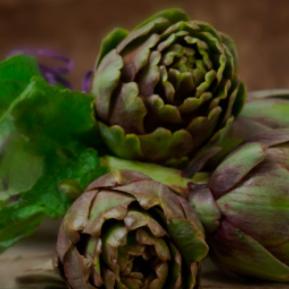About digestion
How do we digest and absorb
nutrients from food?
What does our digestive system do with
the food we’ve eaten?
For us humans, eating is a basic instinct. Food has provided our bodies with the energy and nutrients we need to function.
But what happens to food inside our bodies? How is what we eat digested? And at what stage in the process can constipation occur?
Read on to find out more.
1. From fork to mouth

It all begins with eating. It’s important to remember that we’re in control of the food we eat, and getting enough fibre is key to healthy digestion.
When we chew, our teeth break food down into smaller pieces. At the same time, an enzyme called salivary amylase begins the process of carbohydrate digestion. The tongue helps to push the food (now called a bolus) down towards the back of the throat. When we swallow, the bolus passes into the oesophagus.
Did you know?
When we swallow, our epiglottis prevents the bolus from entering the trachea, while the uvula protects the nasal cavity.
2. The digestive process begins in the oesophagus

Digestion continues as the bolus travels down the oesophagus. This organ, which is 25 cm long, moves the bolus towards the stomach.
Did you know?
The oesophagus moves food through a series of muscle contractions. This process is called “peristalsis”.
3. The stomach and its digestive juices get to work

The stomach has an important role to play in digestion. Strong muscles in the stomach wall move and compress food, while hydrochloric acid and enzymes break it down chemically. Before it leaves the stomach, the partially digested food is turned into a thick mixture called chyme. Then, it is slowly transferred into the small intestine.
Did you know?
Digestion in the stomach can last between three and seven hours.
4. Nutrients are absorbed in the small intestine

The small intestine is responsible for most of the digestion process, but the pancreas, liver and gall bladder also have a role to play. The muscles in the small intestine mix pre-digested food with pancreatic juice and bile and eventually reduce the chyme. During this step, contractions in the walls of the small intestine move the food onwards.
5. Nutrients are distributed to the rest of the body

This long journey gives our body enough time to absorb the various nutrients into the bloodstream through the lining of the small intestine. Once in the bloodstream, they are carried to the liver to be processed and then distributed to the rest of the body.
Did you know?
The small intestine is six meters long on average: that’s the same height as a two-storey building!
6. It all ends in the large intestine (colon)

Anything not absorbed by the small intestine ends up in the large intestine. Only water and minerals, such as sodium, are absorbed at this stage and waste is expelled in the form of faeces.
When food moves too slowly through the digestive tract, the colon absorbs too much water, resulting in hard, dry faeces that are difficult to pass. Including fibre, like PHGG, in your diet may help stimulate gut transit.



